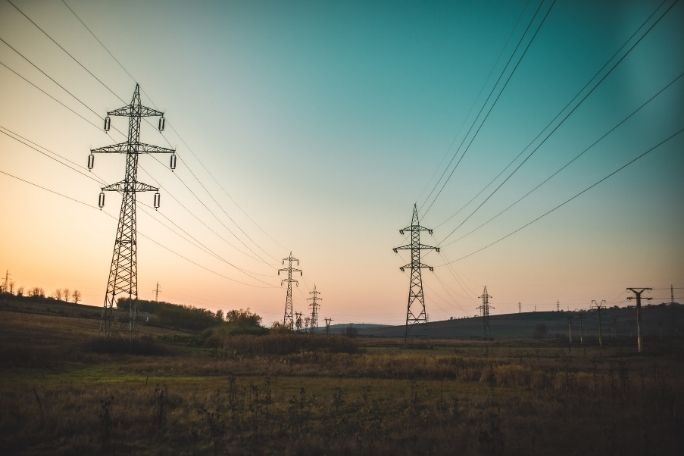Lesson summary
Students confirm the rules that apply in their classroom about switching and adjusting classroom appliances.
Learning intentions:
Students will...
- begin to understand that rules are required to keep students safe and also to save energy in the classroom.
Lesson guides and printables
Lesson details
Curriculum Mapping
Australian Curriculum content descriptions:
Year 1 English:
- Use comprehension strategies to build literal and inferred meaning about key events, ideas and information in texts that they listen to, view and read by drawing on growing knowledge of context, text structures and language features (ACELY1660)
Year 1 Science:
- Represent and communicate observations and ideas in a variety of ways such as oral and written language, drawing and role play (ACSIS029)
Year 2 English:
- Use comprehension strategies to build literal and inferred meaning and begin to analyse texts by drawing on growing knowledge of context, language and visual features and print and multimodal text structures (ACELY1670)
Year 2 Science:
- Represent and communicate observations and ideas in a variety of ways such as oral and written language, drawing and role play (ACSIS042)
Resources required
- Digital projector if available
- Print out of Student Worksheet
- Clipboards and pencils or portable tablet
Additional info
This is an original Cool.org lesson. Facts and figures in these lessons may have changed since this lesson was published. We always endeavour to update our resources in a timely manner, but if you see an error or issue in our resources please get in touch with us.


Welcome back!
Don't have an account yet?
Log in with:
By signing up to Cool.org you consent and agree to Cool's privacy policy to
store, manage and process your personal information. To read more, please see
our privacy policy here(Opens in new tab).
Create your free Cool.org account.
Many of our resources are free, with an option to upgrade to Cool+ for premium content.
Already have an account?
Sign up with:
By signing up to Cool.org you consent and agree to Cool's privacy policy to
store, manage and process your personal information. To read more, please see
our privacy policy here(Opens in new tab).